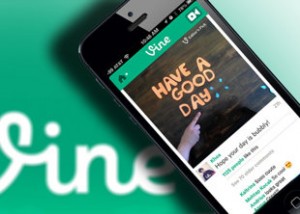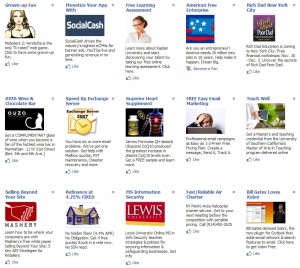Facebook and Google Plus Appropriating Hashtags
In Social Bookmarking, Social Media, Social Networking, Web 2.0 | No commentHashtags are a relatively recent addition to a number of social networking platforms; the website they are most associated with would be Twitter, who have been using them since 2009. Essentially, hashtags are tags using the ‘#’ symbol that are used to more easily group similar messages and topics together. Many social networks have integrated hashtags into their interfaces in order to encourage further connectivity between users.
Though hashtags are most commonly associated with Twitter, there are many other major social networking websites and other websites that also use hashtags frequently. Instagram users often include heavy amounts of hashtags on their pictures, as they are not restricted to 140 characters like they would be with Twitter, allowing for people to use a much larger number of hashtags than would be possible on Twitter posts. Though some people believe that too many hashtags can be excessive, this hasn’t stopped other social networks from hopping on the hashtag bandwagon.
Google Plus has offered the usage of hashtags for quite some time now, though they are evolving into what have been referred to as ‘smart hashtags,’ as they are automatically assigned to posts based on recognition of the words and images that were used in the post. These features have recently been added to the Android and iOS apps for Google Plus and may offer a glimpse towards the future of hashtags.
Of course, Google Plus is not the only major social network hoping to be a part of the future of hashtags. Facebook, not wanting to be left behind, is also rumored to be toying with the inclusion of hashtags on their social network, likely aping the model that has been previously established by networks like Twitter and Instagram. Facebook is looking at hashtags from a marketing standpoint, as they believe that there are additional ways that hashtags can be used to promote business pages on their social network.






